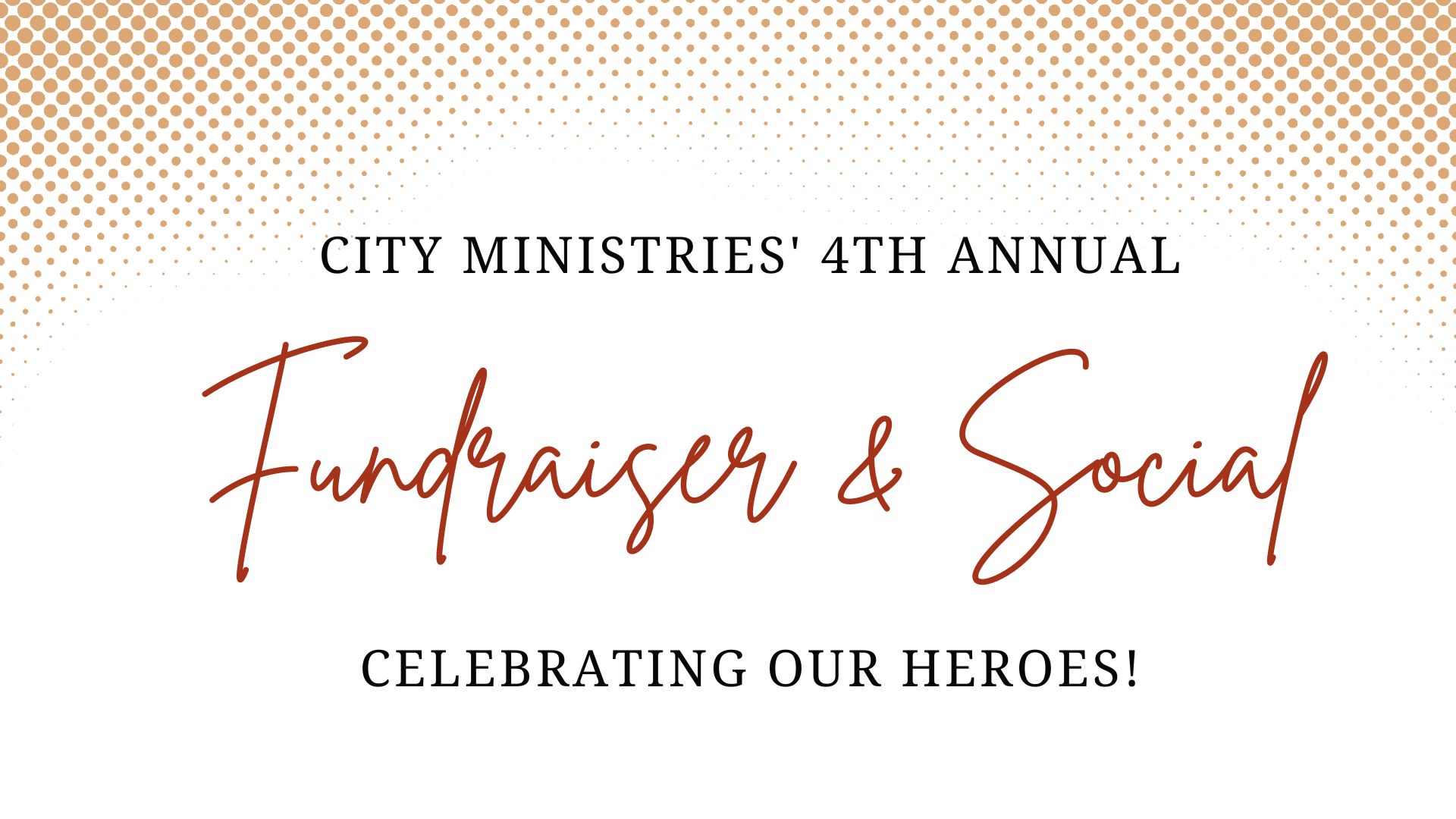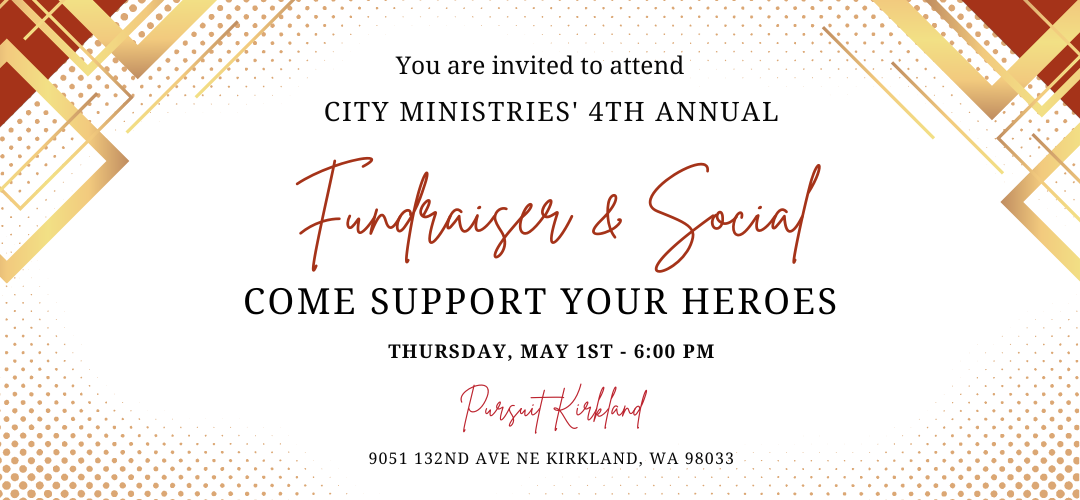The numbers of people attempting suicide, making plans for suicide, and seriously thinking about suicide has been rising the past few years and it is affecting not just adults but children as young as 6 years old. According to the CDC, in 2020 Suicide was the second leading cause of death for people ages 10-14 and 25-34. The aftermath following suicide is devastating for loved ones and the community. Children in foster care who experienced abuse, neglect, and trauma are at a higher risk for thinking about and attempting suicide.
Some hopeful news is that suicides can be preventable if you know the signs of suicide and step in by listening, intervening, and helping the person contemplating suicide connect to mental health resources. It is important for all of us to be aware of what to look for and the steps we can take to help those we love get the support they need. By being attentive to our loved ones and supporting them in a time of crisis we can help save a life.
Forefront Suicide Prevention from University of Washington outline what we can do to help prevent suicide through LEARN steps.
Look for Signs
- Are they withdrawing and isolating themselves from their loved one? Are they no longer participating in some of their regular activities?
- Do they talk about feeling hopeless, depressed, sad, anxious, or burdensome to others?
- Do they engage in reckless behavior, unusual for them, such as getting into fights or abusing alcohol or drugs?
- Do you see changes to their personality, attitude about life, performance at school or work?
- Are they struggling with sleeping well?
Empathize and Listen
- Give them your full attention and listen with compassion.
- Acknowledge their pain and feelings.
- Let them know that you are thankful that they shared with you, and that you are sorry about what they are going through.
Ask Directly about Suicide
Ask them about suicide directly in one of these ways:
- “Are you thinking about suicide?”
- “Are you thinking about killing yourself?”
- “Sometimes when people are going through the experience you shared, they begin thinking about suicide. Are you thinking about suicide?”
Reduce the Dangers
If their answer is “yes”, ask them when they have contemplated attempting suicide, what their plan was for attempting suicide, what method they planned on using to carry out the plan, and if they have access to that method now.
After asking these questions, begin reducing dangers by removing access to the method they were planning on using for their plan. Lock up medications and guns, remove ropes, chemicals, knives, and other potential methods located in their environment.
Next Steps
Connect them to resources that will help them.
- Connect them with a crisis resource such as the national suicide prevention lifeline to call in immediate crisis. Help them make the call if they don’t feel comfortable doing in themselves.
- Help connect them to a therapist or treatment center if they are willing to receive this type of support.
- If they don’t agree to stay safe, stay with them for as long as you feel safe to do so
RESOURCES:
National Suicide Prevention Lifeline: 1-800-273-8255
PDF: LEARN Skills
https://www.nimh.nih.gov/health/topics/suicide-prevention
https://suicidepreventionlifeline.org/
https://www.cdc.gov/suicide/index.html



